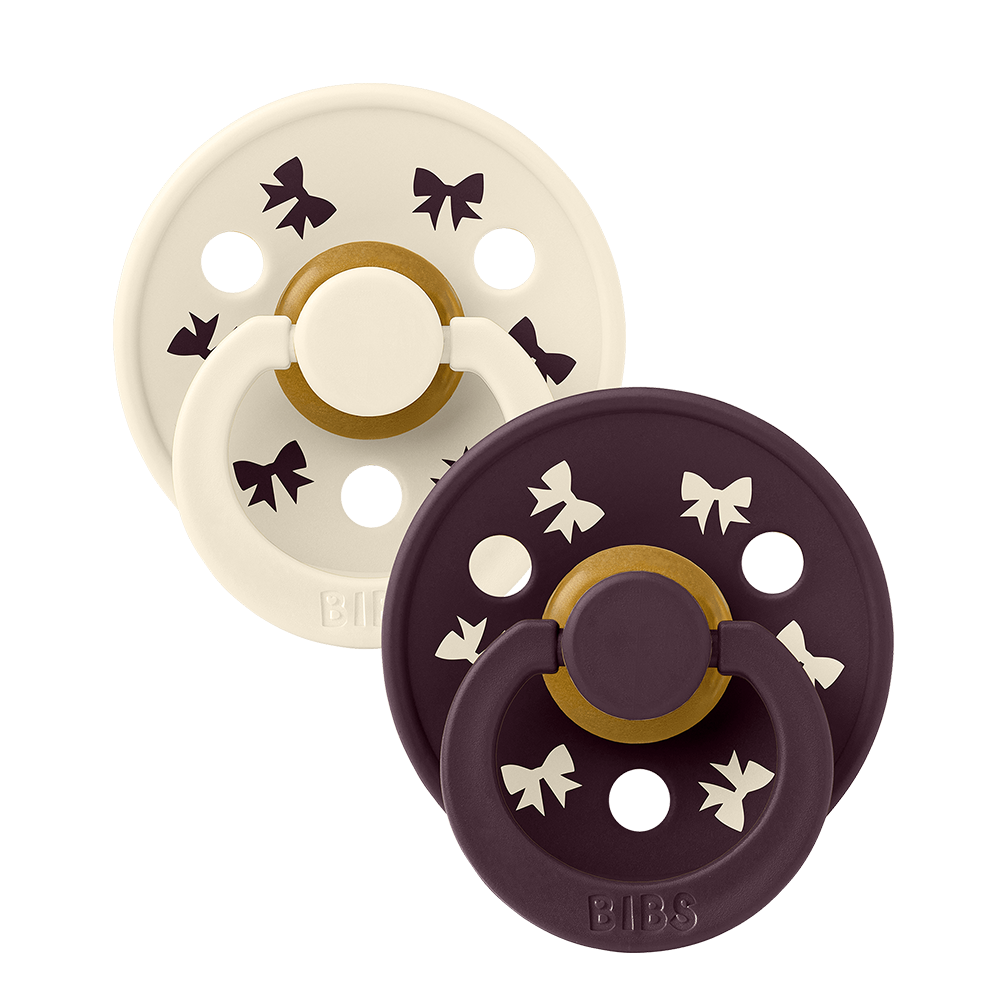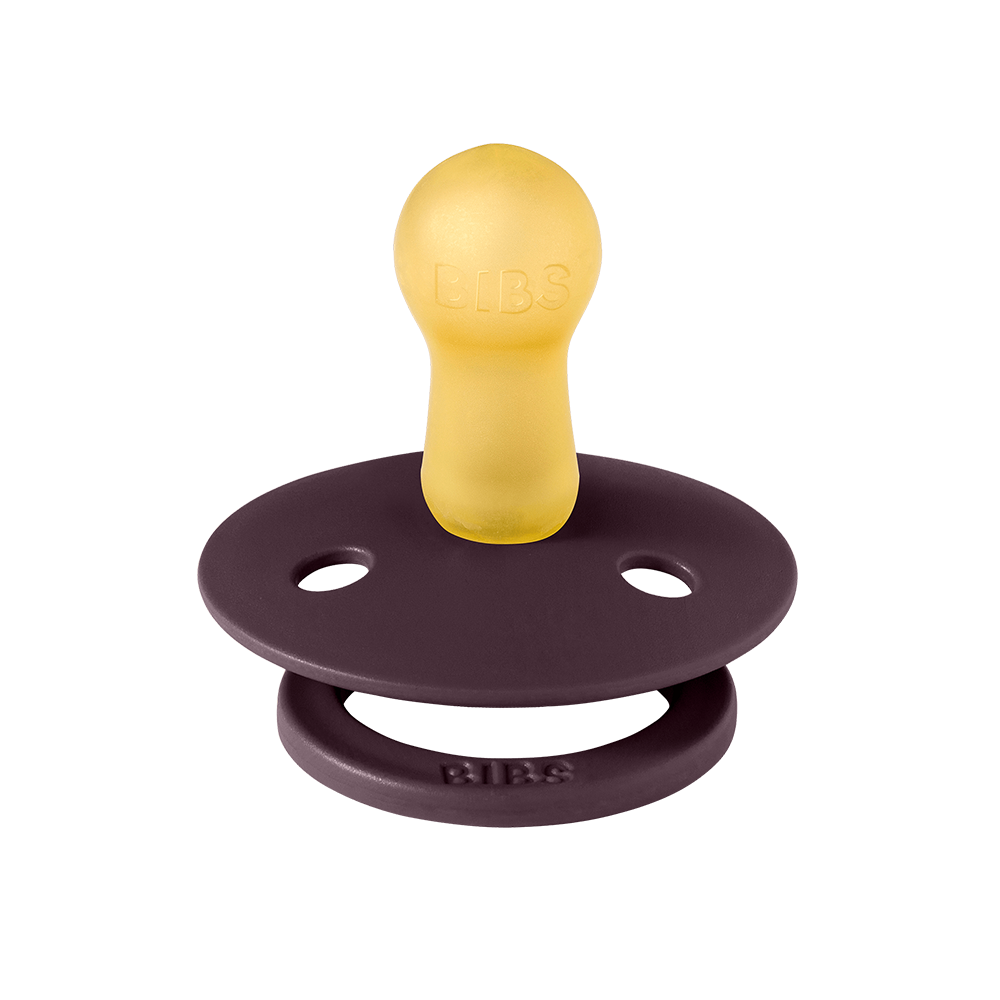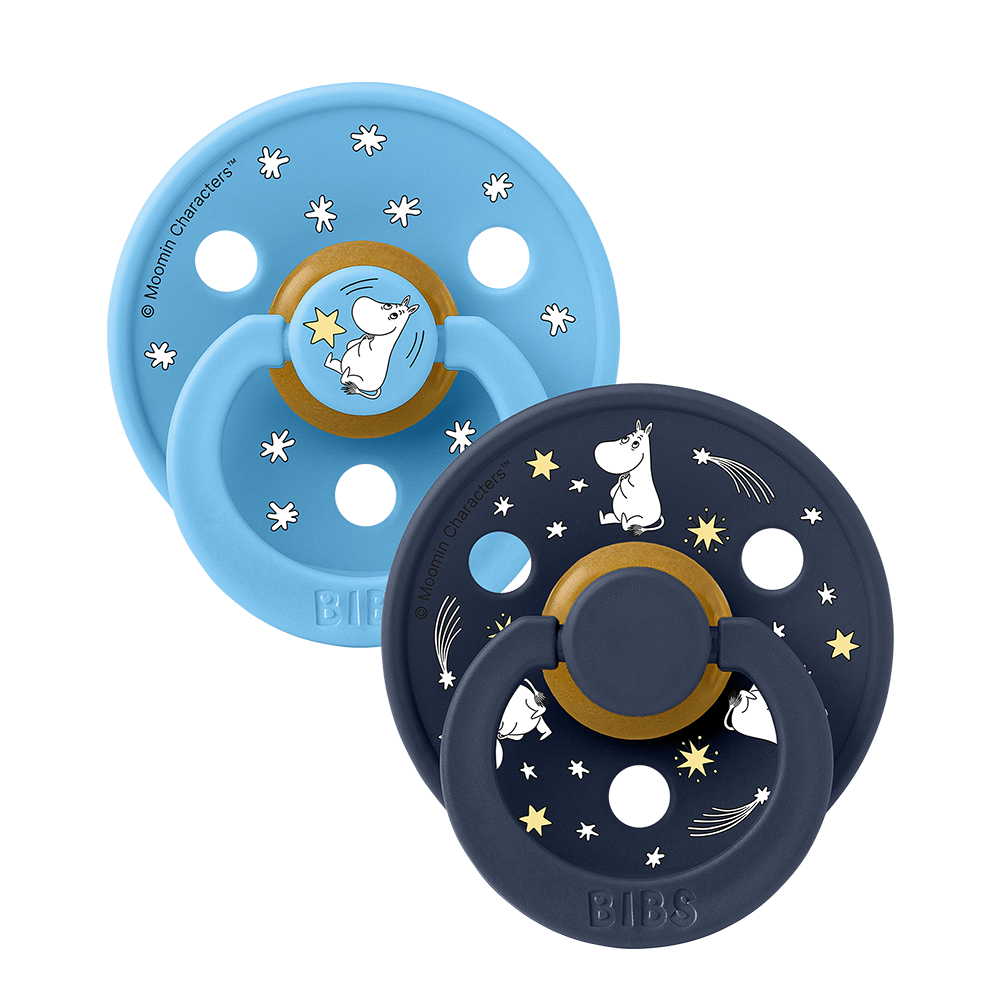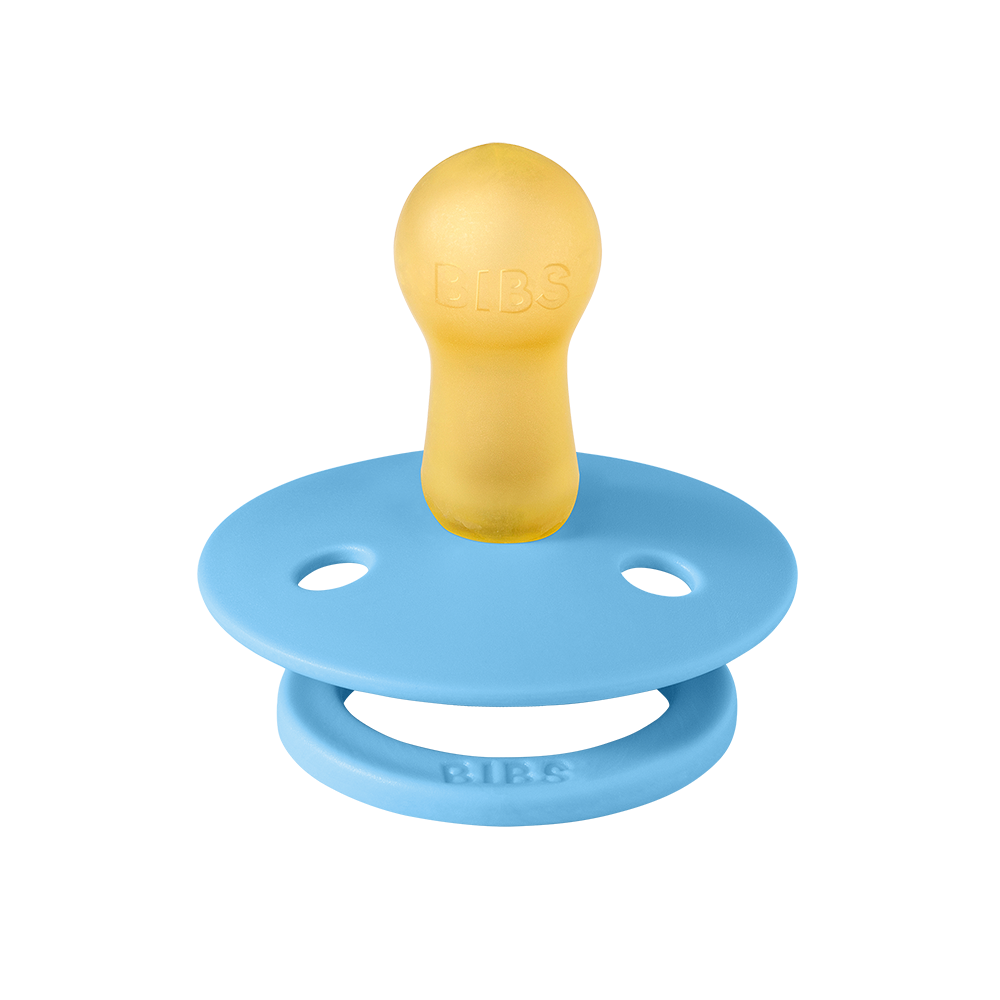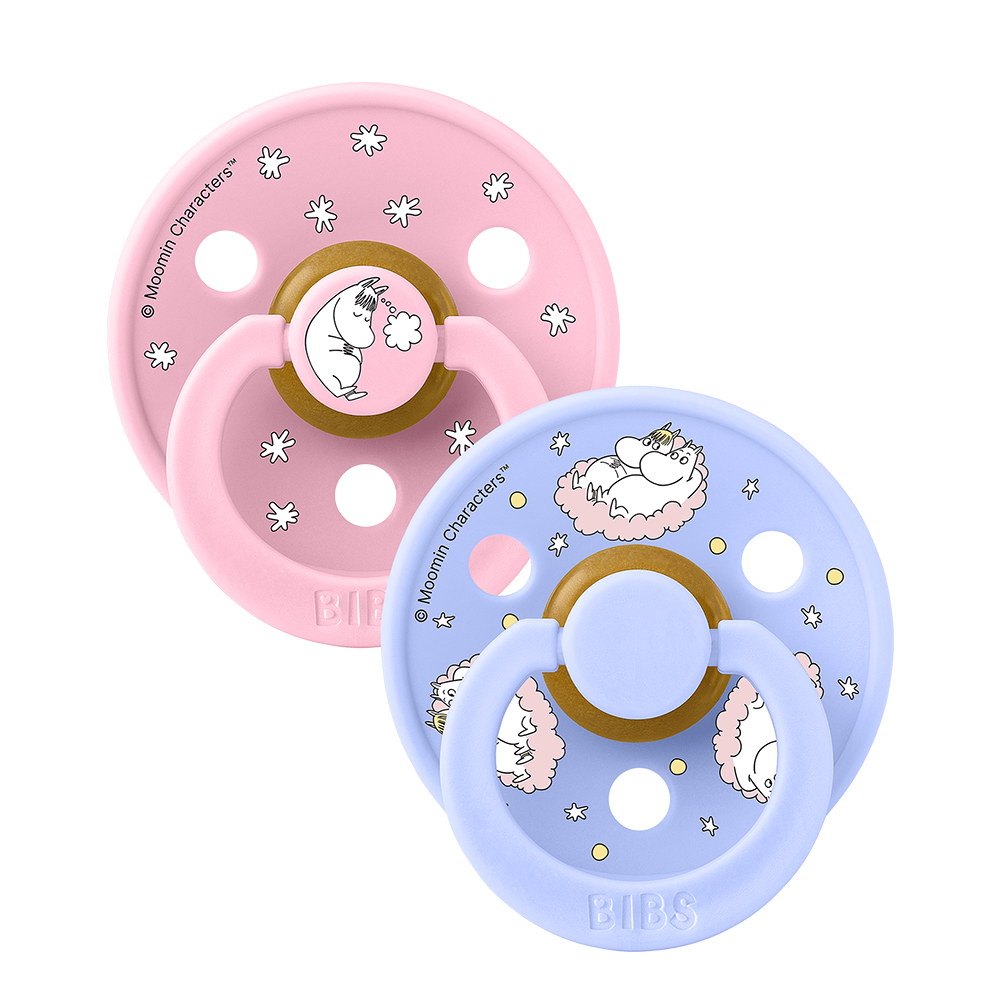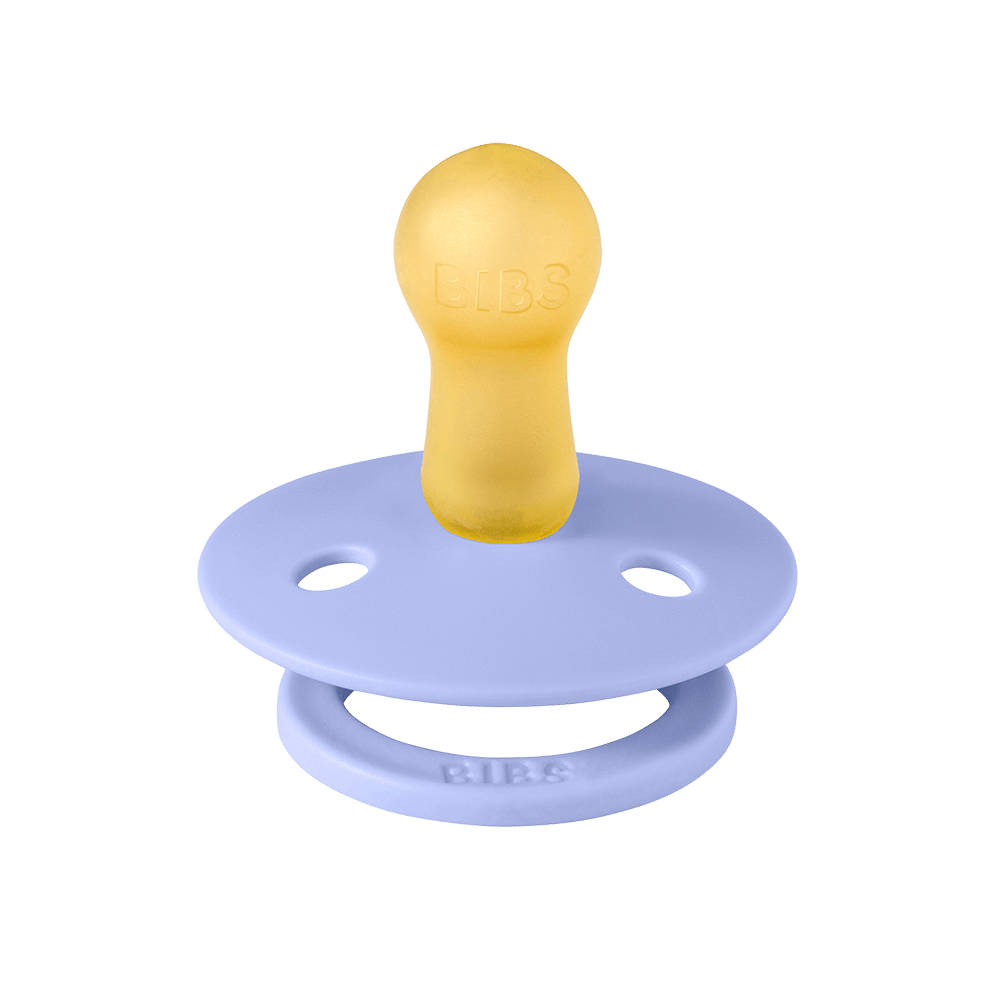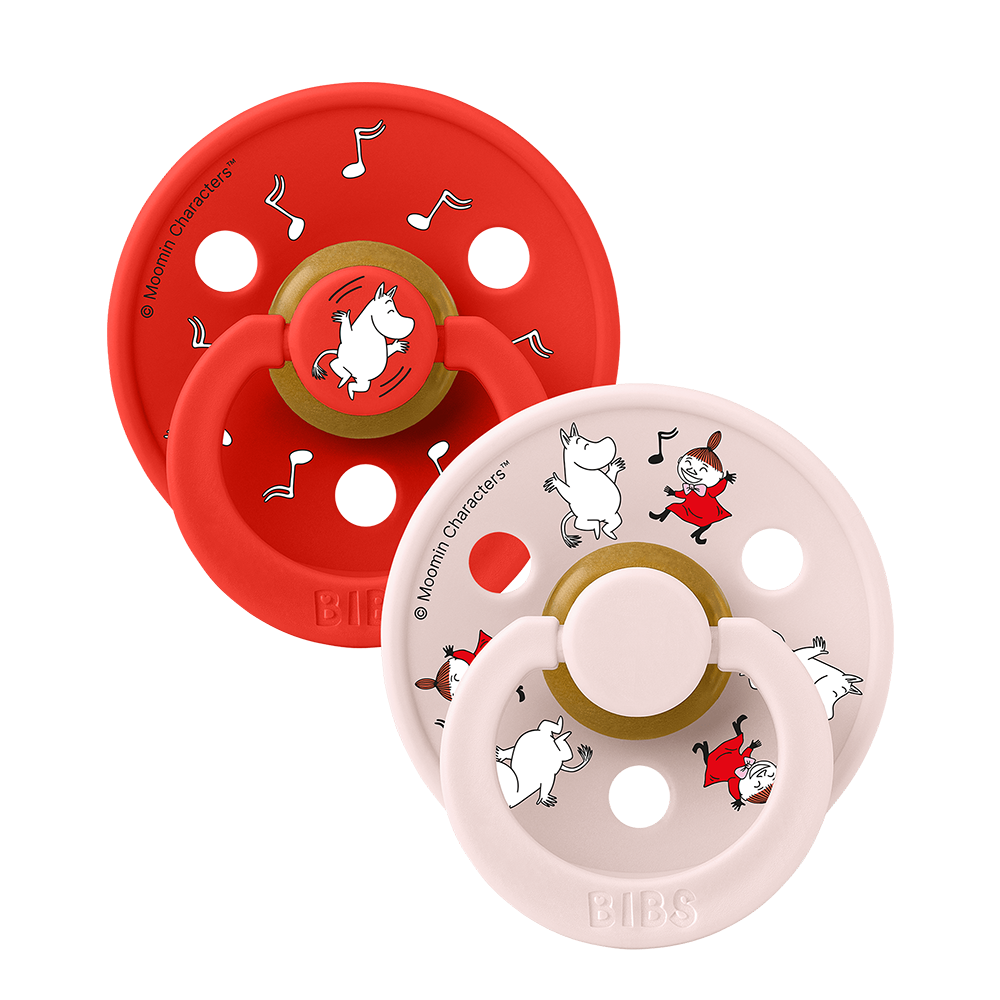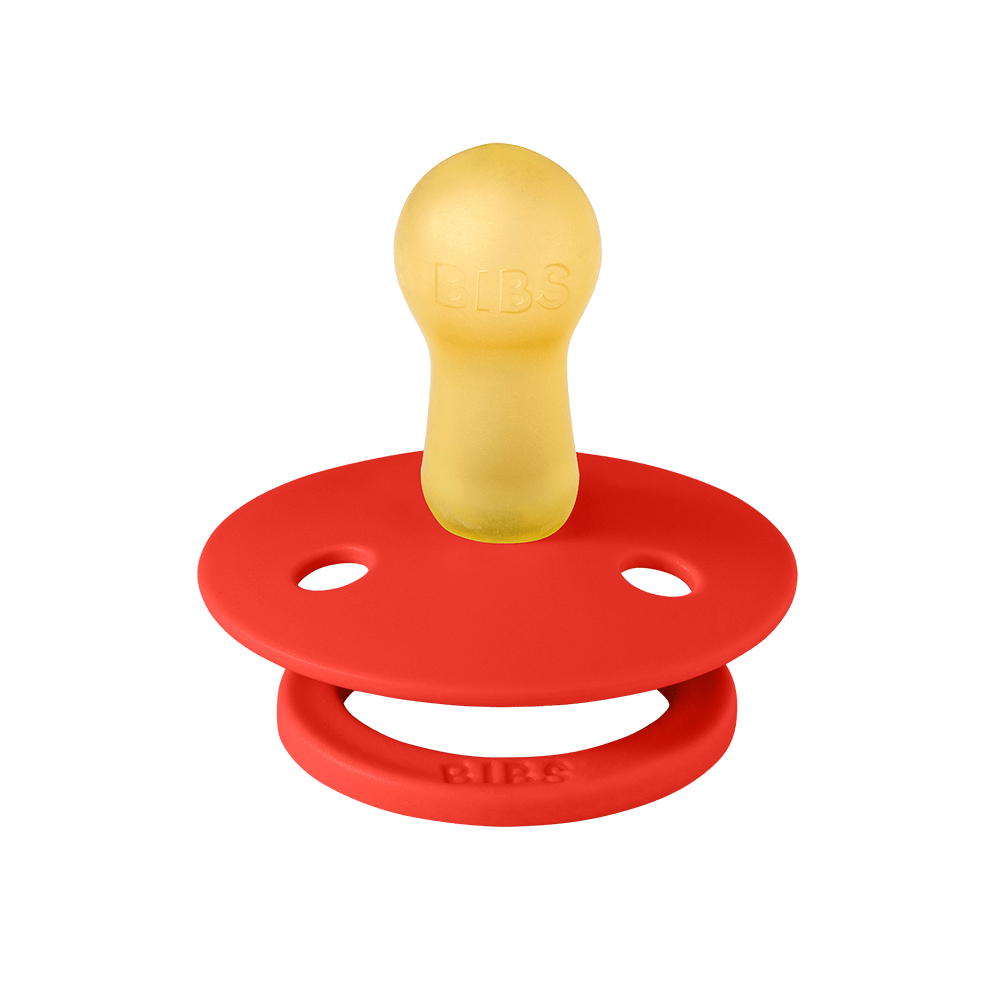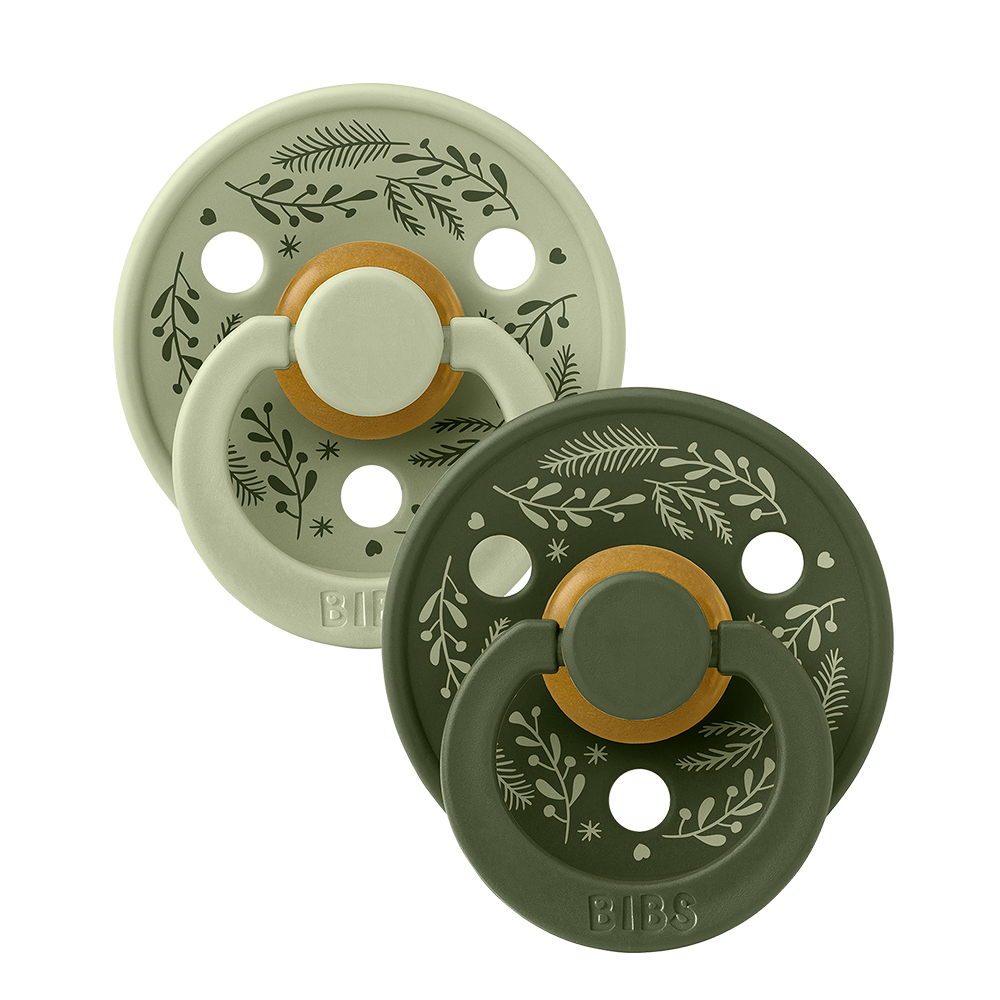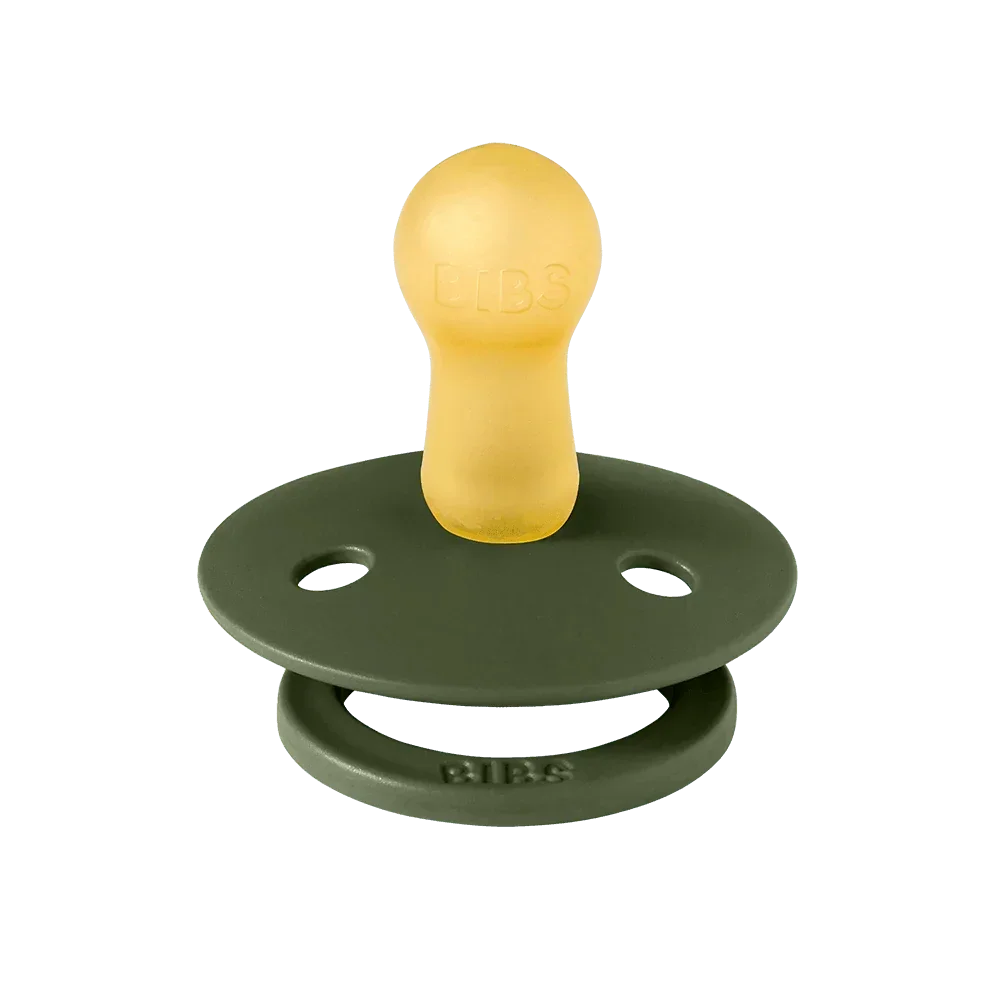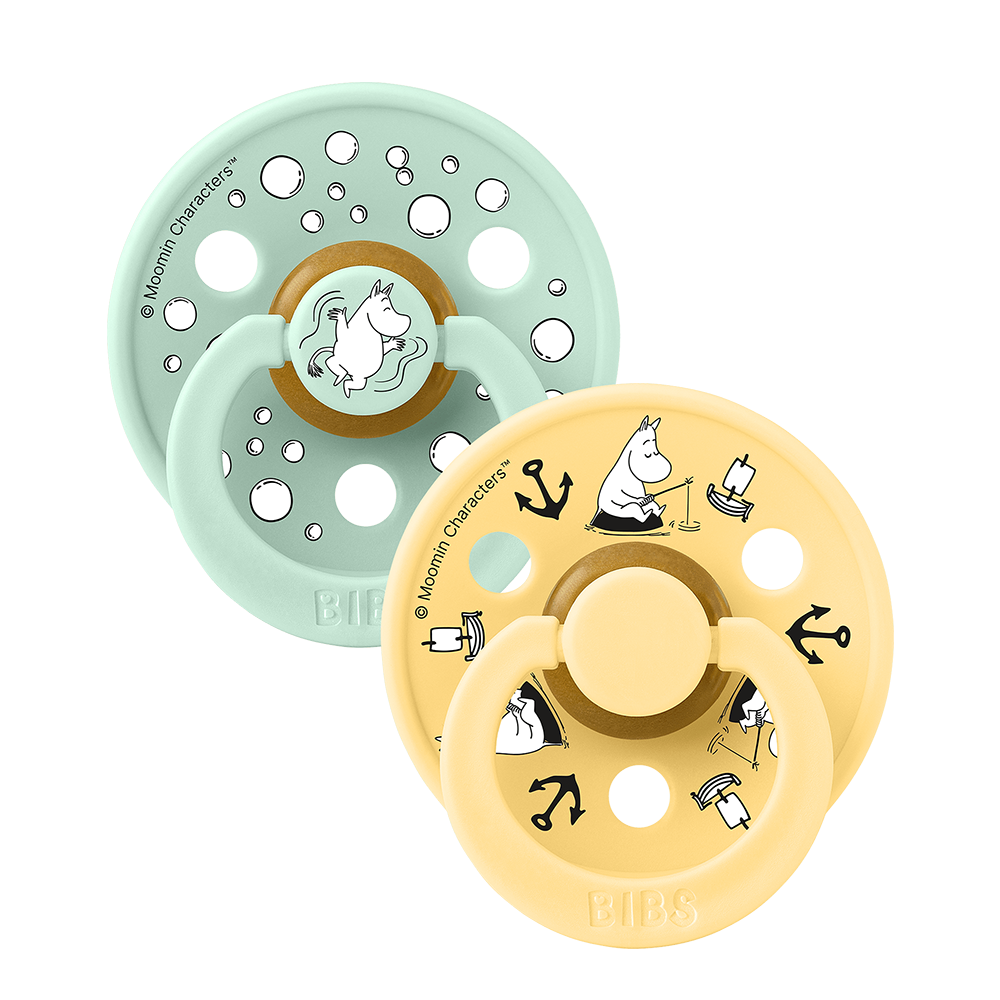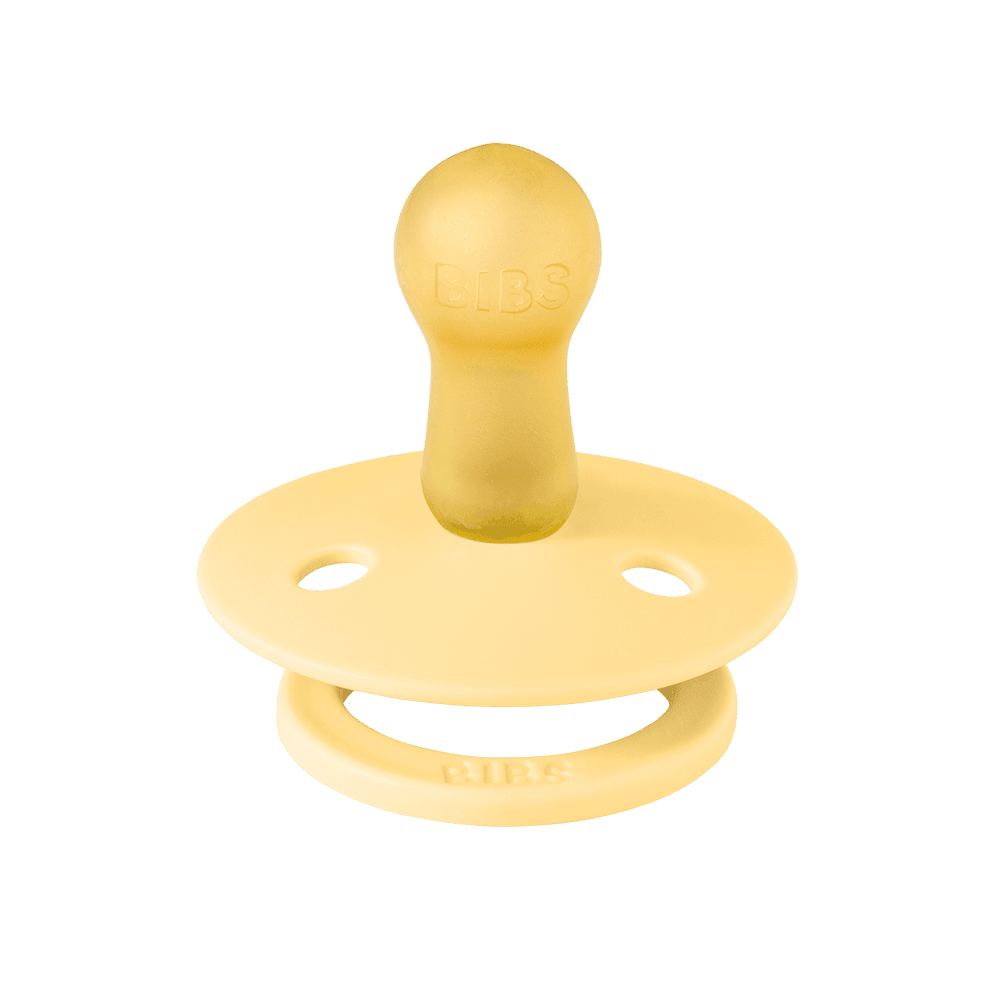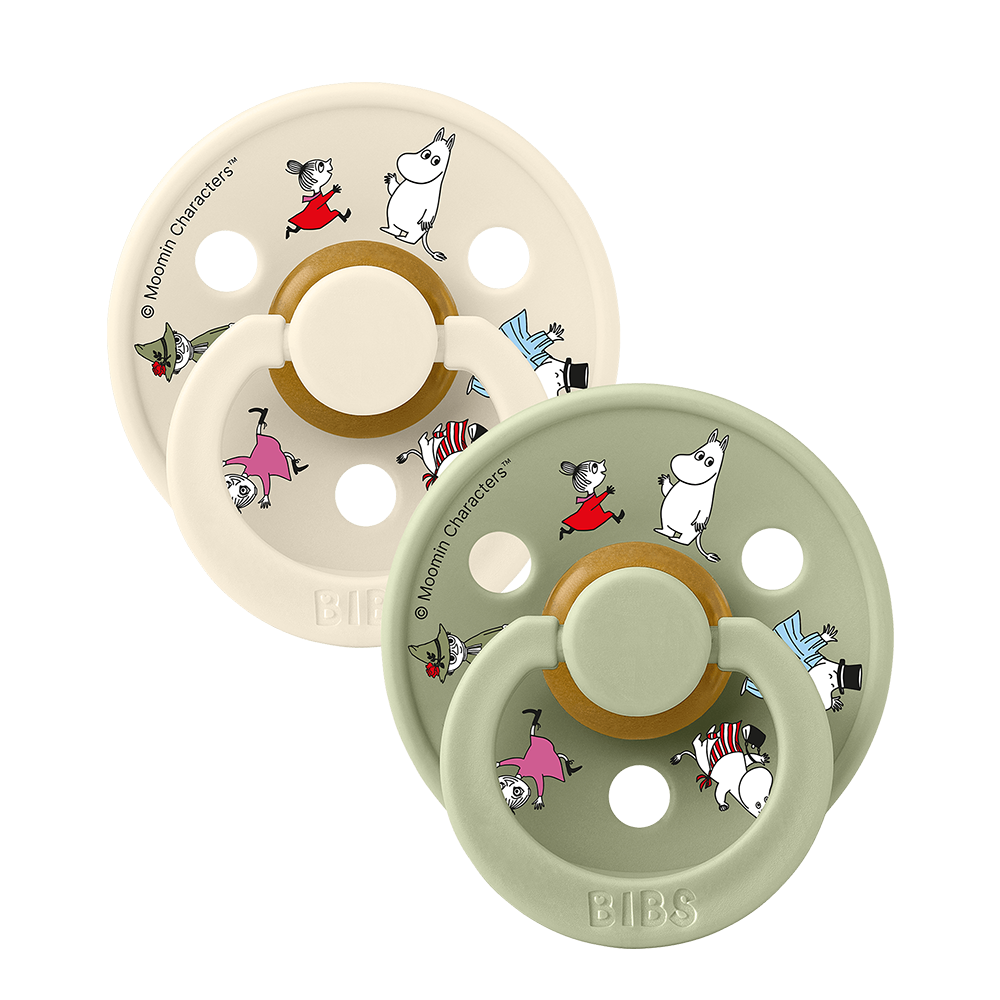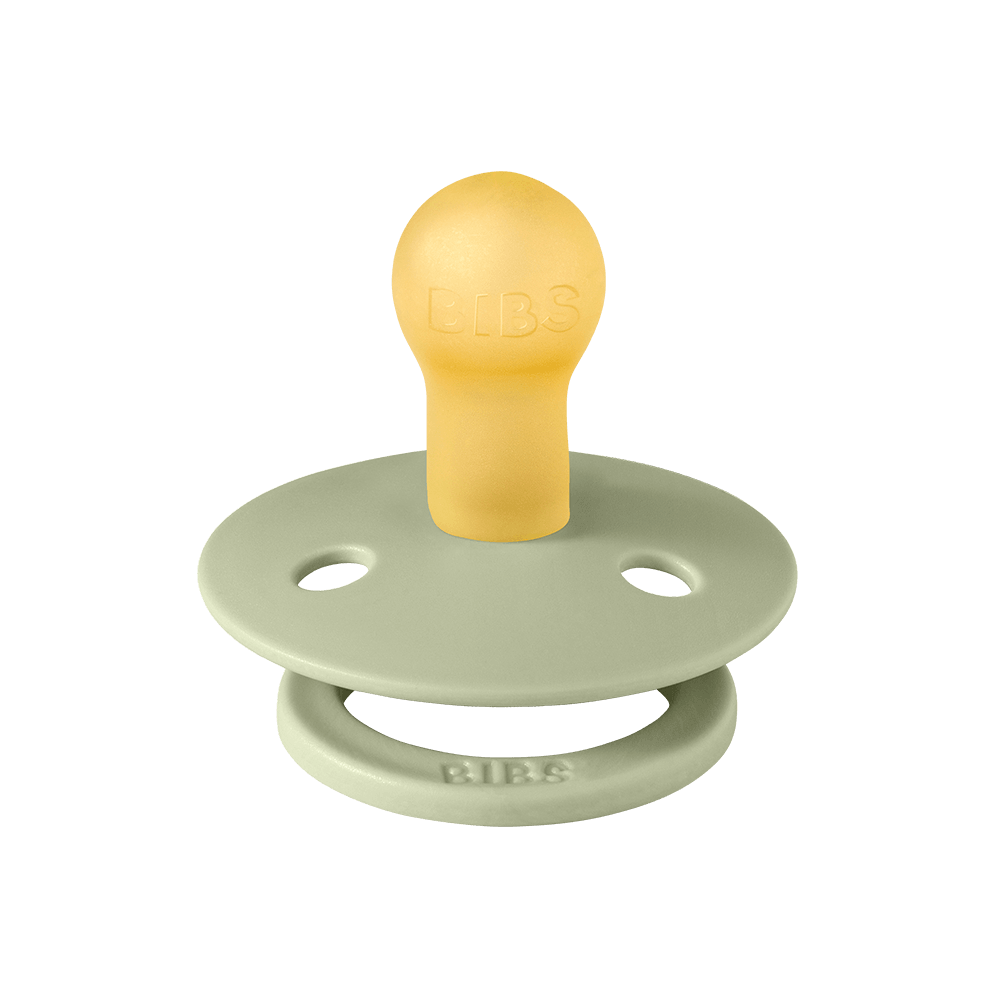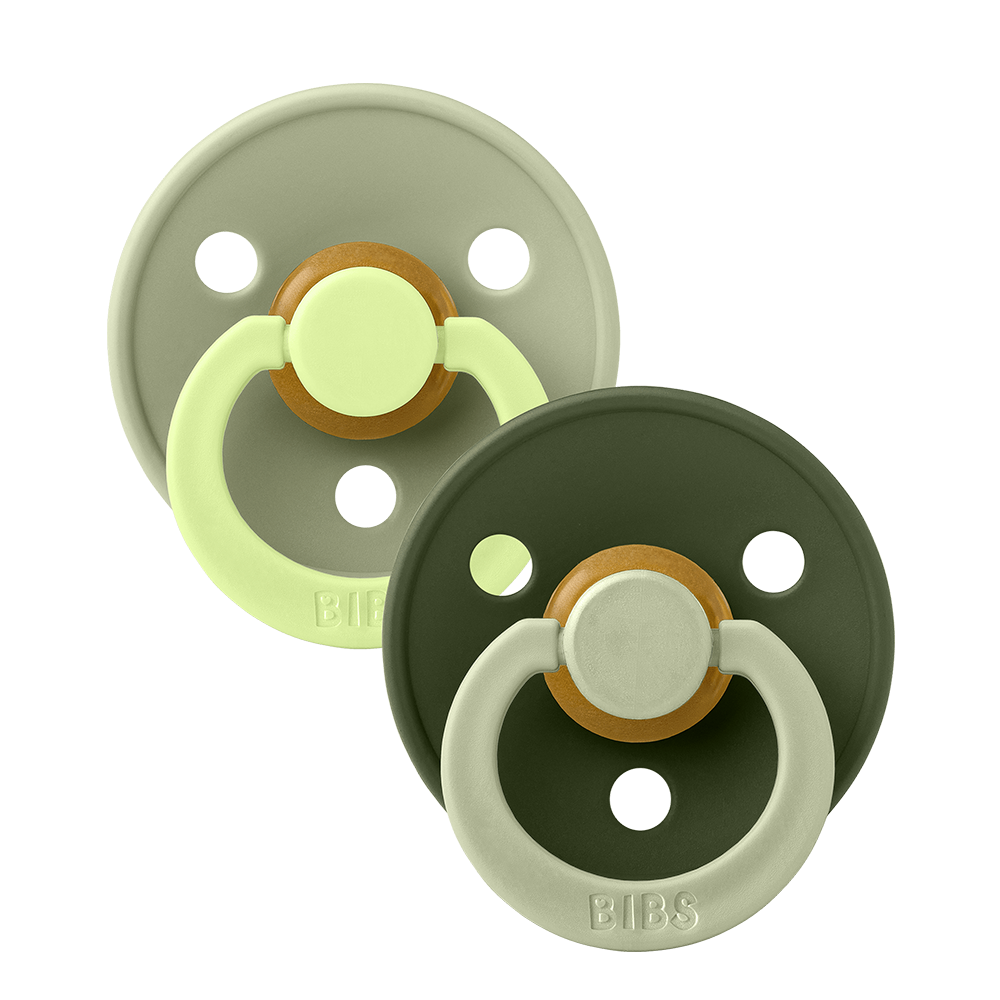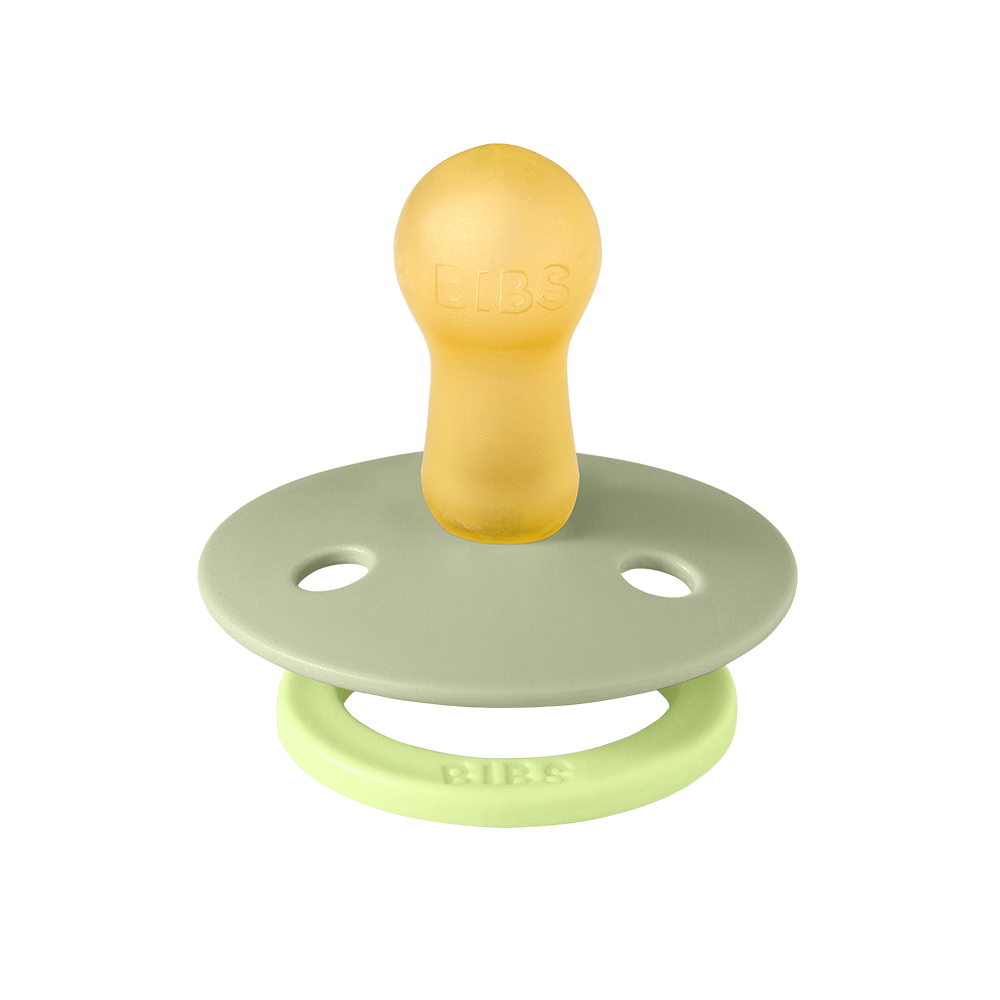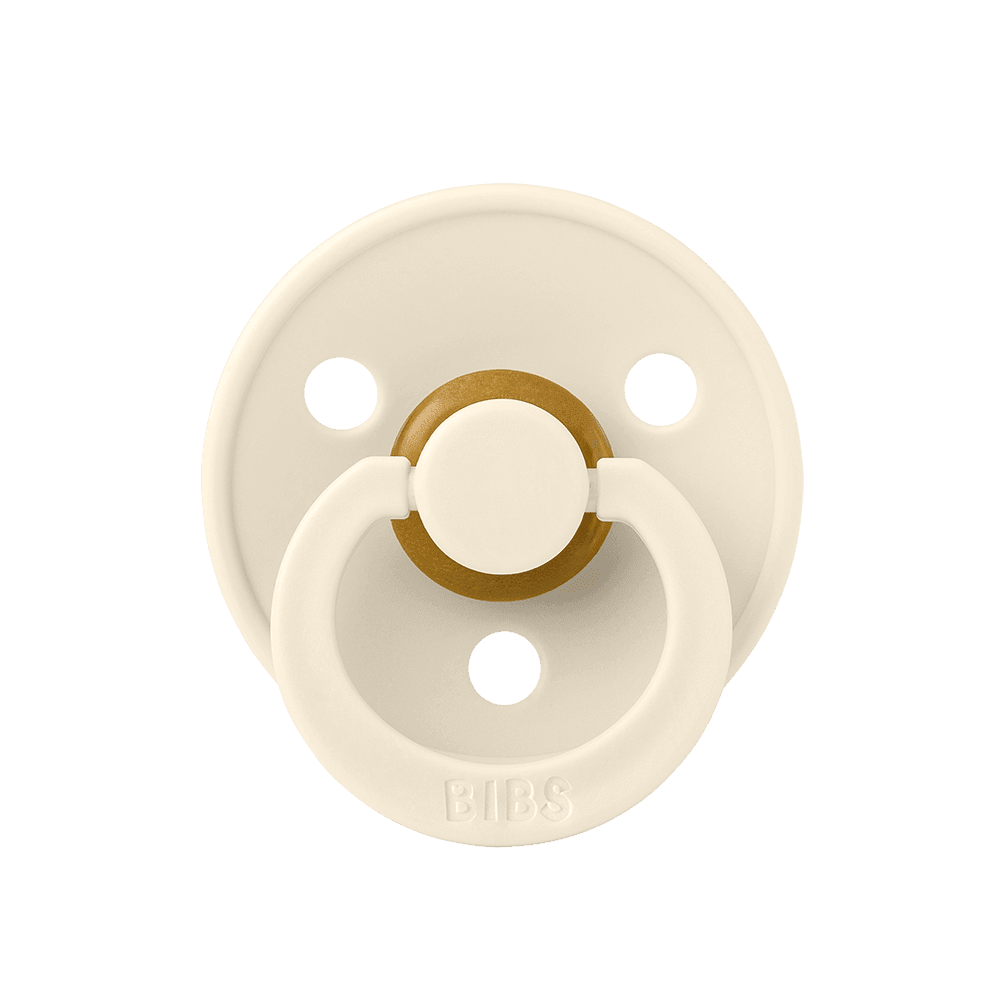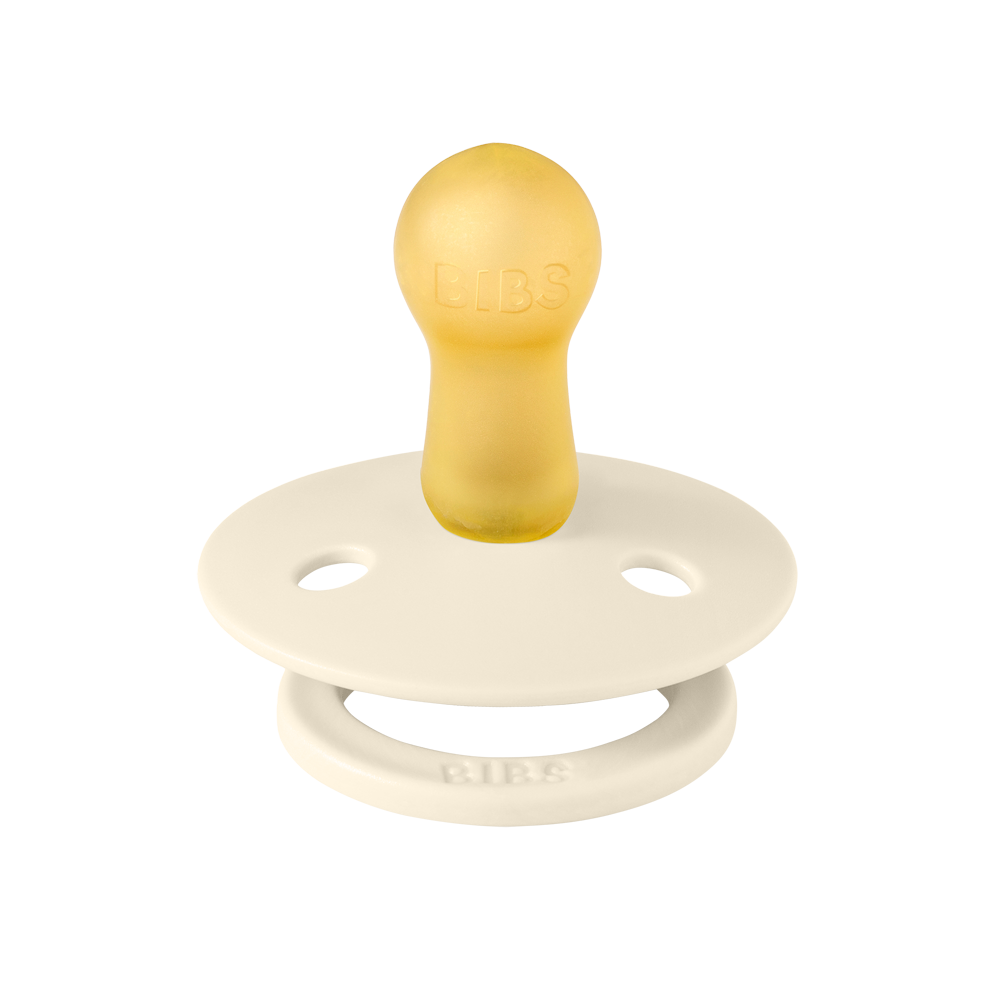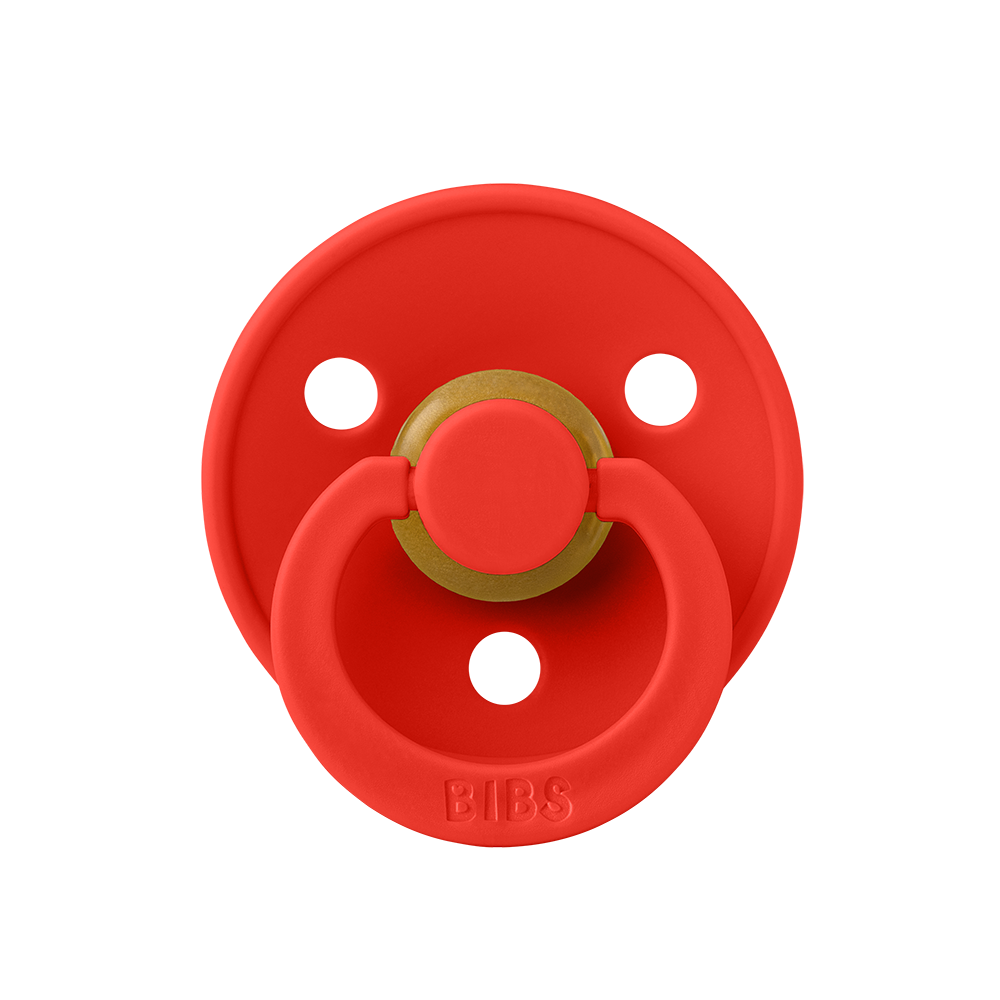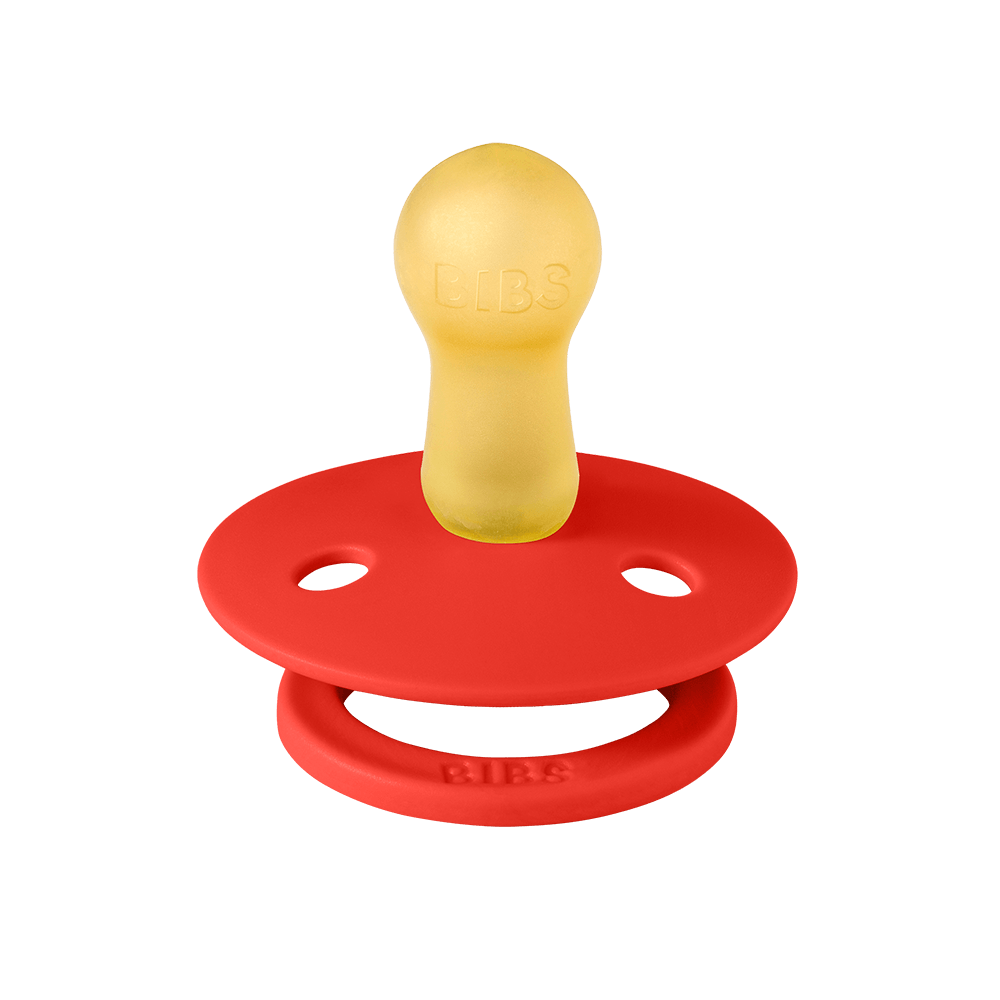
Cot death or sudden infant death syndrome (SIDS) is of course every parent's worst fear. But knowing about safe sleep environments and positions for babies can prevent the risk of sudden infant death syndrome. This blog post will look at the official recommendations about newborn sleeping positions.
Factors that increase the risk of SIDS
Sudden infant death syndrome (SIDS) is the sudden, unexplained death of an infant under one year of age. While the exact cause of SIDS is not known, health authorities around the world agree that three overall factors have been shown to increase the risk of sudden infant death syndrome:
- that the baby is sleeping on the stomach or the side
- that the child is exposed to tobacco smoke
- that the child is too hot during sleep
Recommendations to decrease the risk of SIDS
If we take a closer look at the recommendations for exact sleeping positions health authorities (1-3) around the world collectively recommend that:
- Newborns should always sleep on their backs. Both for naps during the day and at night. This is the safest sleep position for newborns and is recommended for all babies up to at least one year of age. Once your baby can move from the back to the front and back again by themself, they will be able to find their own sleeping position. But until then, always place your baby on their back when sleeping.
- Always place your baby on a firm sleep surface with a tight-fitting sheet
- Never let your baby sleep with pillows, quilts, blankets, loose bedding, or other soft materials that could cover the baby’s face during sleep
- Make sure that the crib, bassinet, or other sleeping surface is free of any objects like toys, teddy bears, and bumper pads
- Keep the room at a comfortable temperature: Overdressing or underdressing your baby can increase the risk of SIDS
- Consider using a pacifier. Some studies have suggested that using a pacifier may reduce the risk of SIDS (4) Important reminder: Always ensure supervision when using it during sleep.
If you have any questions or concerns about your baby's sleep position, it is always a good idea to consult with a healthcare professional for advice.
Sources
- The American Academy of Pediatrics (AAP)
American Academy of Pediatrics, Task Force on Sudden Infant Death Syndrome. (2005). The changing concept of sudden infant death syndrome: Diagnostic coding shifts, controversies regarding the sleeping environment, and new variables to consider in reducing risk. Pediatrics, 116 (5), 1245–1255. - U.S. Department of health and human services: https://www.nichd.nih.gov/sites/default/files/publications/pubs/documents/SIDS_QA-508-rev.pdf
- Danish Health Authority: https://www.sst.dk/-/media/Udgivelser/2014/Publ2014/01jan/Prevent-cot-death,-d-,pdf.ashx
- Fern R Hauck 1, Olanrewaju O Omojokun, Mir S Siadaty, Do pacifiers reduce the risk of sudden infant death syndrome? A meta-analysis, 2005 Nov;116(5):e716-23. doi: 10.1542/peds.2004-2631
